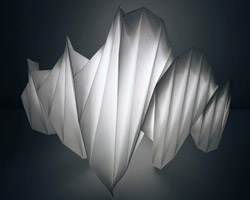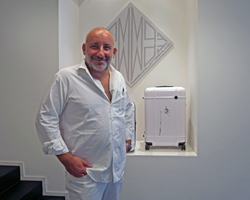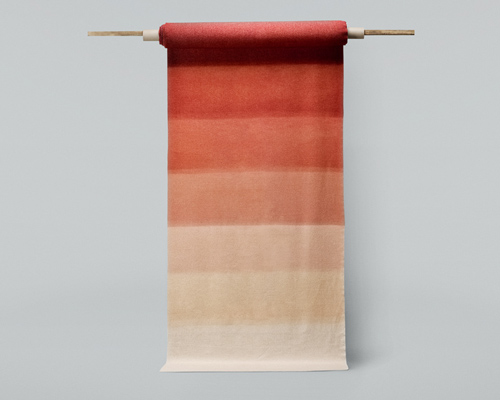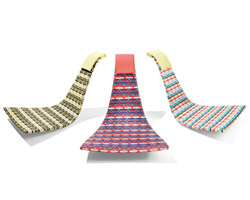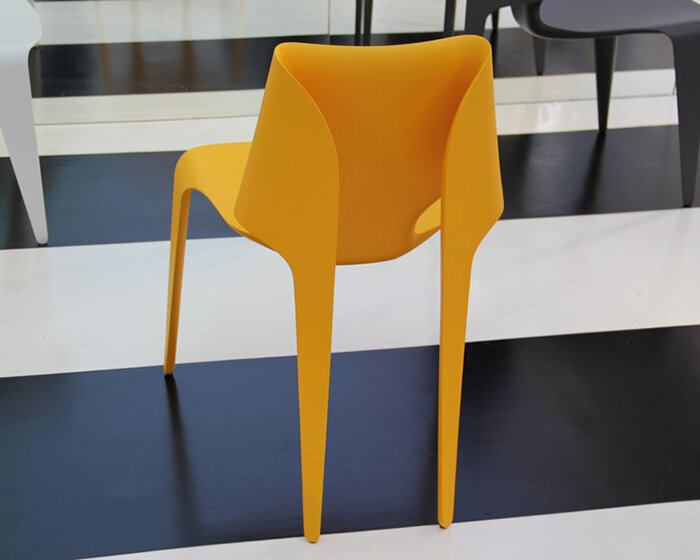KEEP UP WITH OUR DAILY AND WEEKLY NEWSLETTERS
PRODUCT LIBRARY
watch our livestream talk with BMW Design at 19:15 CEST on monday 15 april, featuring alice rawsthorn and holger hampf in conversation.
connections: +300
the solo show features five collections, each inspired by a natural and often overlooked occurence, like pond dipping and cloud formations.
discover our guide to milan design week 2024, the week in the calendar where the design world converges on the italian city.
connections: 31
'despite dealing with health-related setbacks, gaetano remained positive, playful and ever curious,' pesce's team said in a post confirming his death.
connections: +130
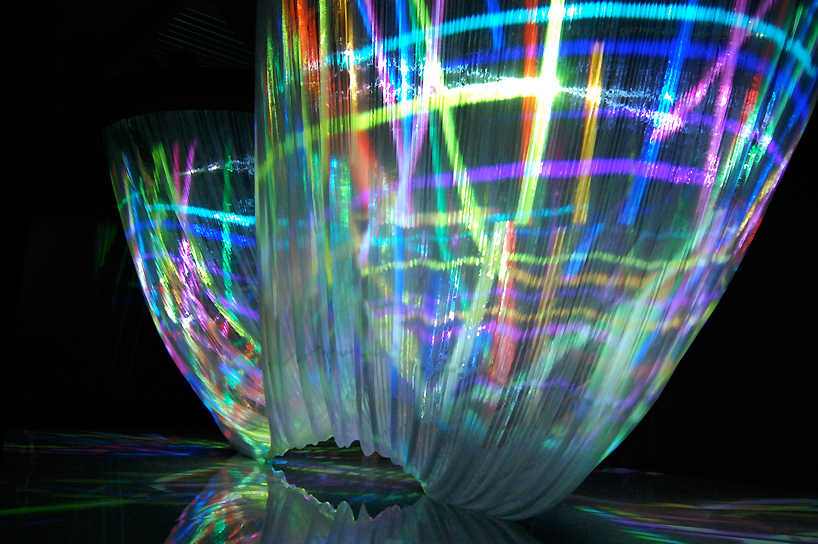
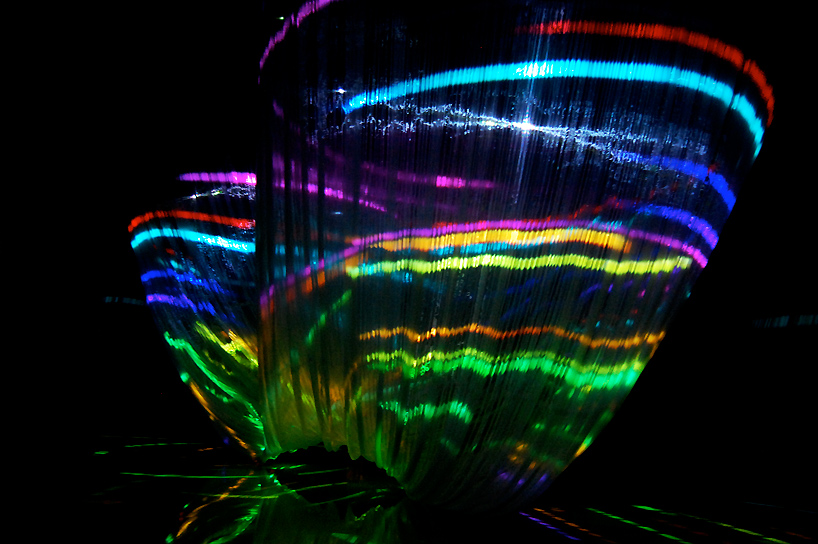 graphics and color fall down the draping form, giving the sense of a waterfall image © designboom
graphics and color fall down the draping form, giving the sense of a waterfall image © designboom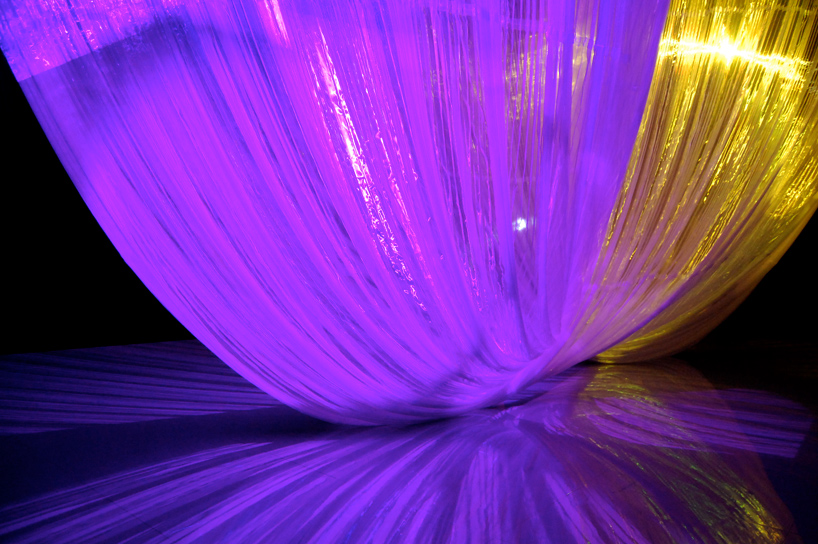 image © designboom
image © designboom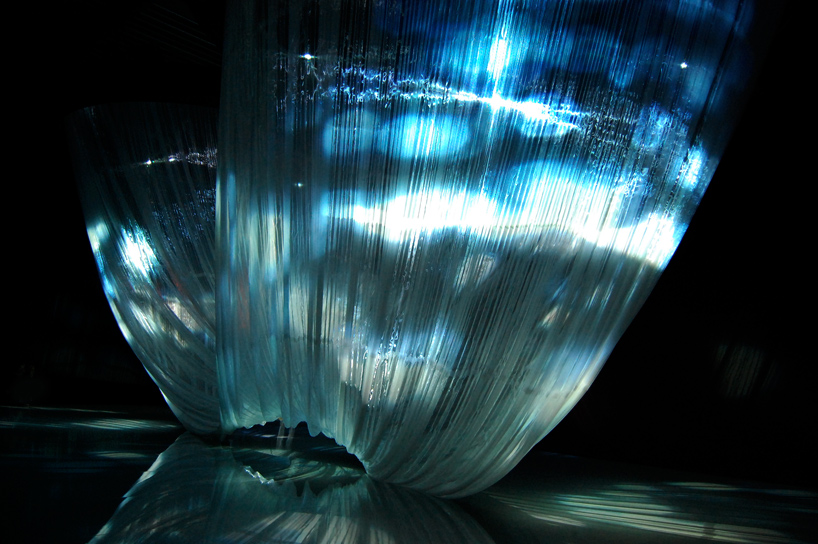 image © designboom
image © designboom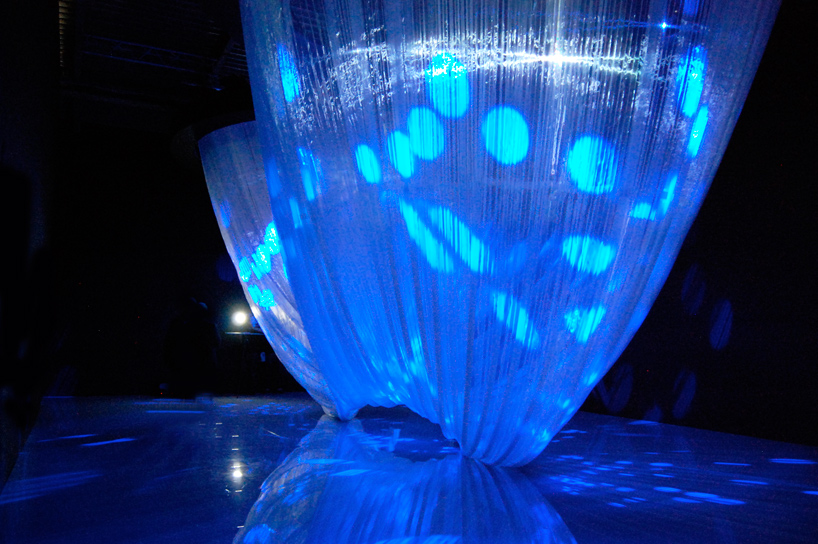 blue dots animate the large sculptural form image © designboom
blue dots animate the large sculptural form image © designboom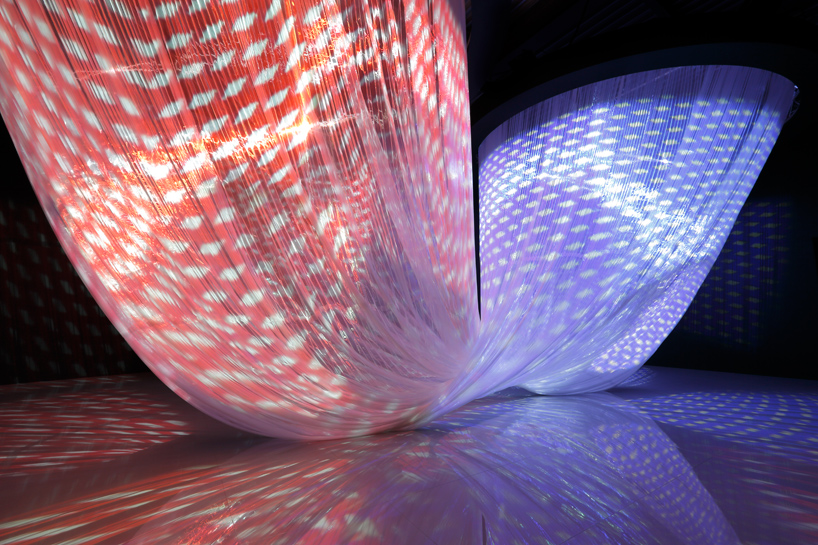 photo by daisuke ohki
photo by daisuke ohki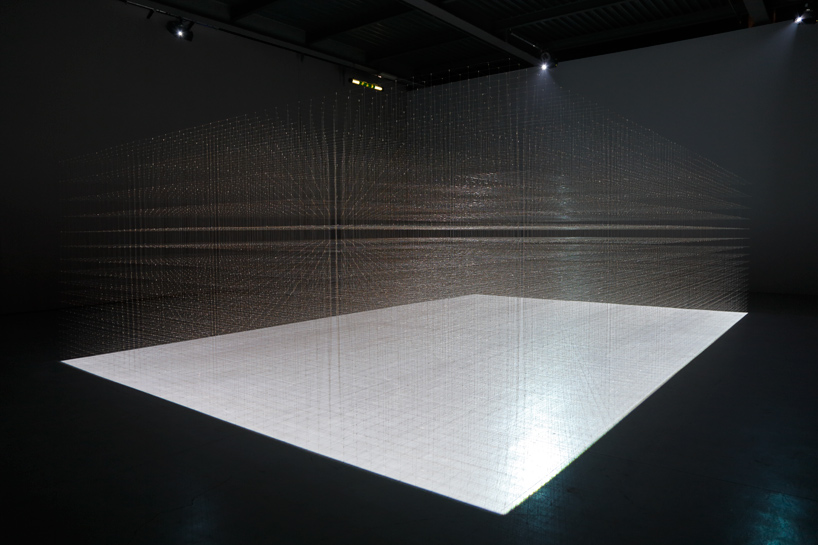 ‘spring’ by ryuji nakamura photo by daisuke ohki
‘spring’ by ryuji nakamura photo by daisuke ohki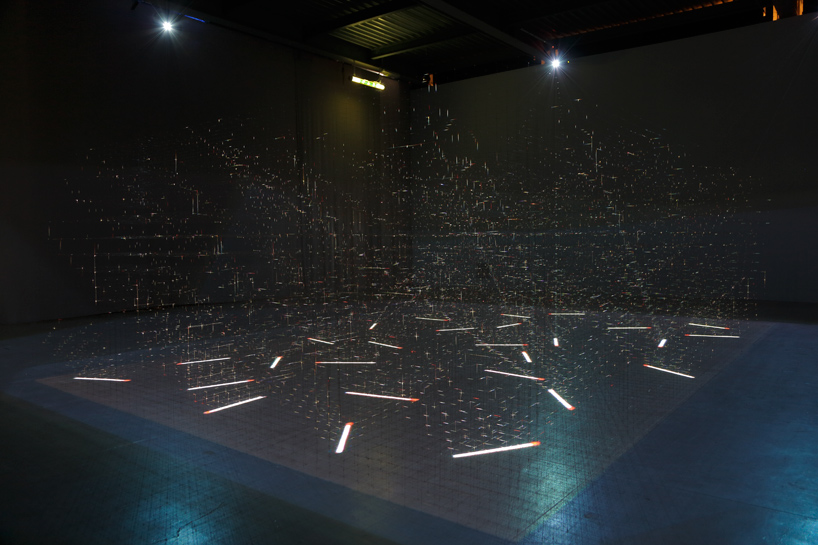 piano strings form a cube-like structure with images moving on the floor photo by daisuke ohki
piano strings form a cube-like structure with images moving on the floor photo by daisuke ohki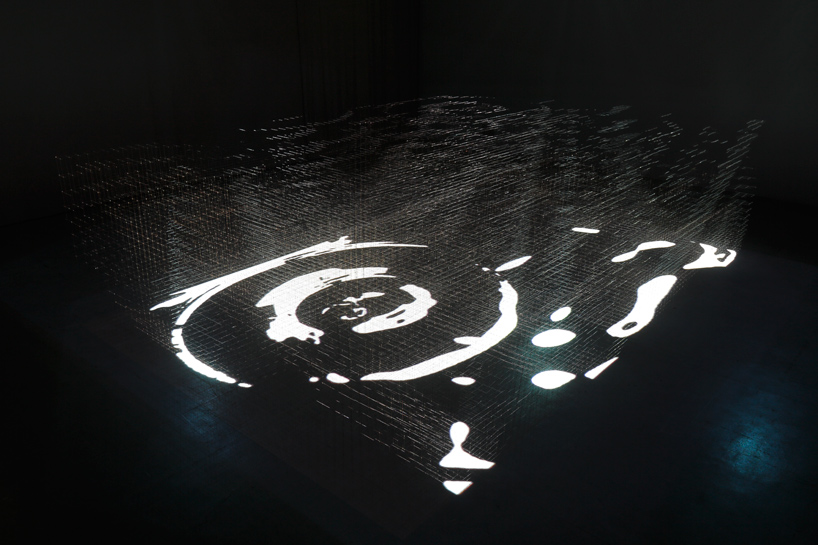 photo by daisuke ohki
photo by daisuke ohki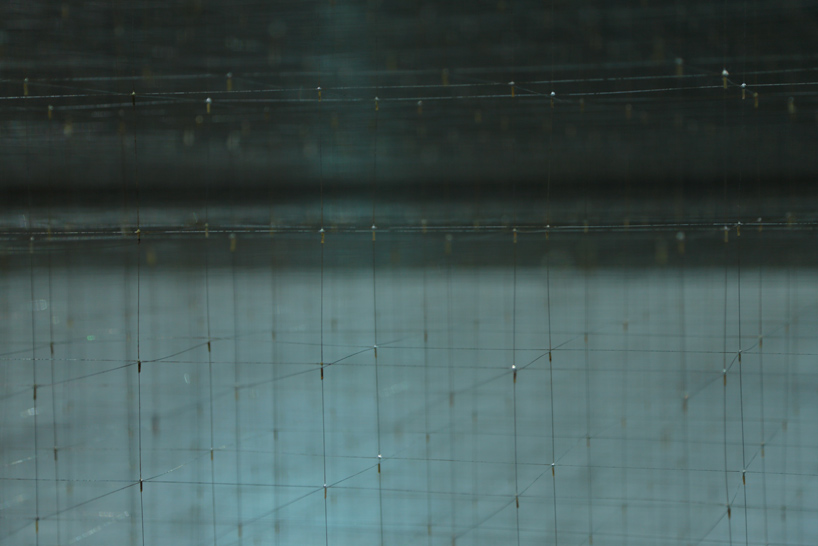 detail of the piano string structure photo by daisuke ohki
detail of the piano string structure photo by daisuke ohki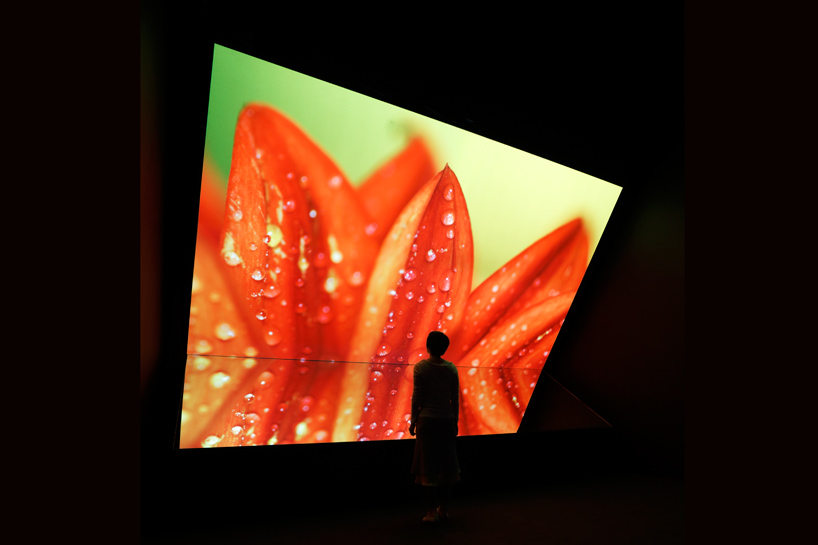 ‘super nature’ by daisuke ohki and the canon design team photo by daisuke ohki
‘super nature’ by daisuke ohki and the canon design team photo by daisuke ohki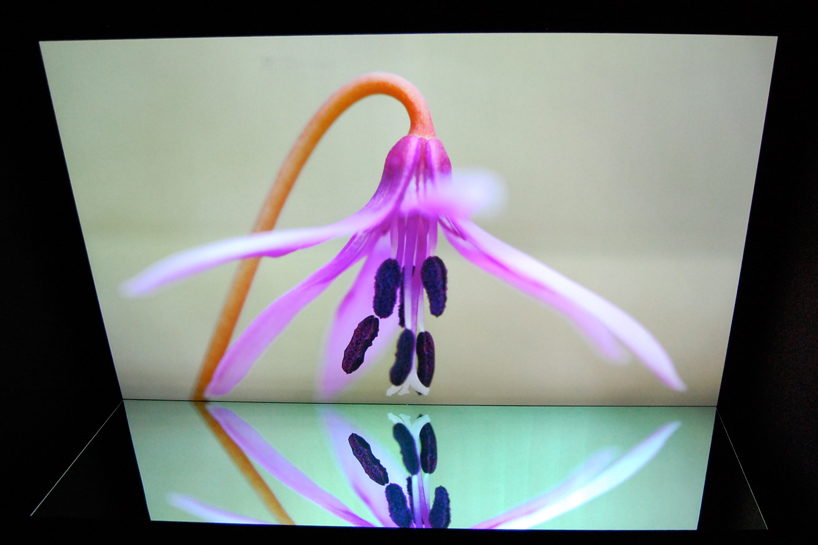 image © designboom
image © designboom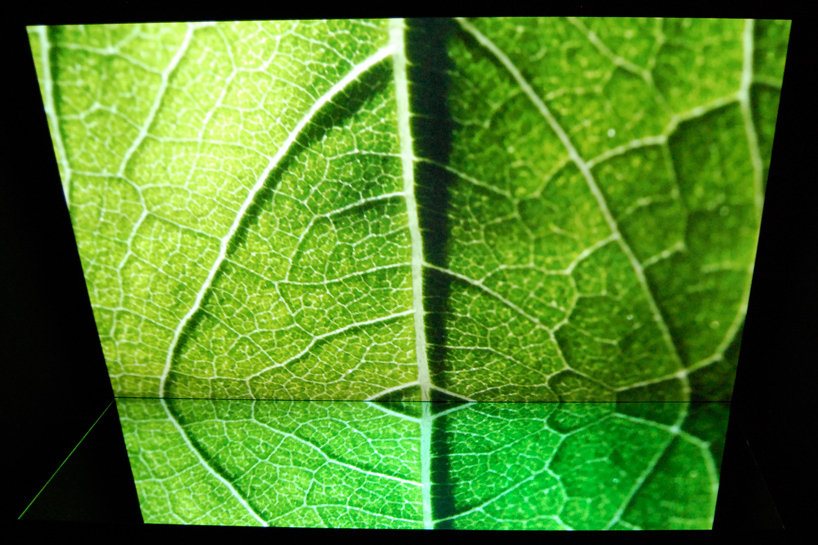 image © designboom
image © designboom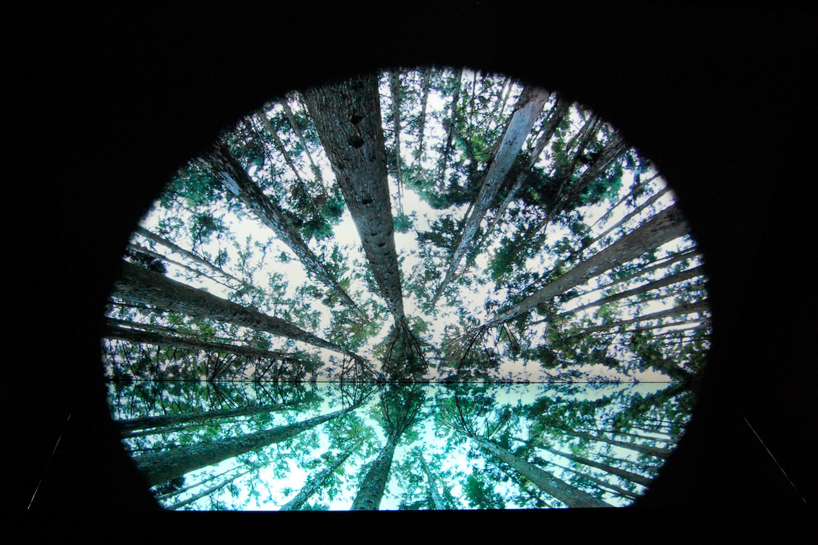 image © designboom
image © designboom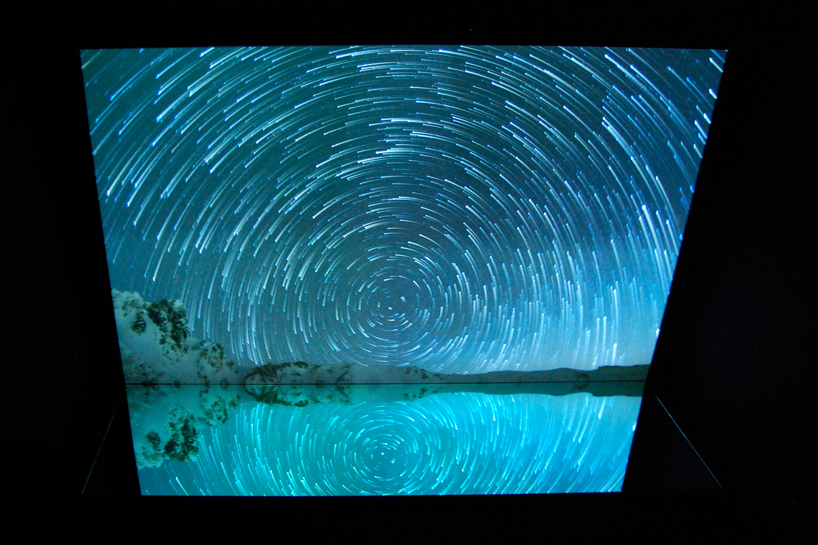 image © designboom
image © designboom